
Method
Step 1: Prepare the Chicken
- Place the chicken pieces in a large bowl or zip-top bag. Pour the buttermilk over the chicken, ensuring all pieces are fully coated.
- Season with salt and black pepper, then cover the bowl or seal the bag.
- Let the chicken marinate in the refrigerator for at least 4 hours, or overnight for best results. The buttermilk tenderizes the meat and enhances the flavor.
Step 2: Prepare the Coating
- In a large shallow dish, combine the flour, cornstarch, garlic powder, onion powder, smoked paprika, cayenne pepper, salt, and black pepper. Mix well.
- Remove the chicken from the buttermilk, allowing any excess to drip off, and dredge each piece in the flour mixture. Press the coating firmly onto the chicken to ensure it adheres well.
- For extra crispy chicken, let the coated pieces rest on a wire rack for 10-15 minutes before frying. This helps the coating set.
Step 3: Heat the Oil
- In a deep skillet or Dutch oven, heat the oil to 350°F (175°C). Use a thermometer to maintain the temperature, as consistent heat is key to even frying.
- Ensure the oil level is deep enough to submerge the chicken pieces halfway.
Step 4: Fry the Chicken
- Carefully place a few pieces of chicken into the hot oil, being careful not to overcrowd the pan. Overcrowding can lower the oil temperature and result in soggy chicken.
- Fry the chicken in batches, turning occasionally, for about 12-15 minutes, or until the internal temperature reaches 165°F (74°C).
- Remove the chicken from the oil and place it on a wire rack set over a baking sheet to drain excess oil. This keeps the chicken crispy.
Step 5: Serve
- Let the chicken cool slightly before serving. Pair it with classic sides like mashed potatoes, coleslaw, or biscuits for a complete meal.
Tips for Success
- Marinate for Flavor: Don’t skip the buttermilk marinade. It not only tenderizes the chicken but also adds a tangy flavor that complements the seasoning.
- Use Cornstarch: Adding cornstarch to the flour mixture creates a lighter, crispier coating.
- Maintain Oil Temperature: Use a thermometer to ensure the oil stays at the right temperature. Too hot, and the coating will burn before the chicken cooks through; too cool, and the chicken will absorb excess oil.
- Rest the Coated Chicken: Allowing the coated chicken to rest before frying ensures a better crust that won’t fall off during cooking.
Why This Method Works
This fried chicken recipe combines time-tested techniques with easy-to-find ingredients, ensuring a flavorful, crispy result every time. The buttermilk marinade locks in moisture, while the seasoned coating adds depth and crunch. By frying at the correct temperature and letting the chicken rest after coating and frying, you’ll achieve the perfect balance of texture and flavor.
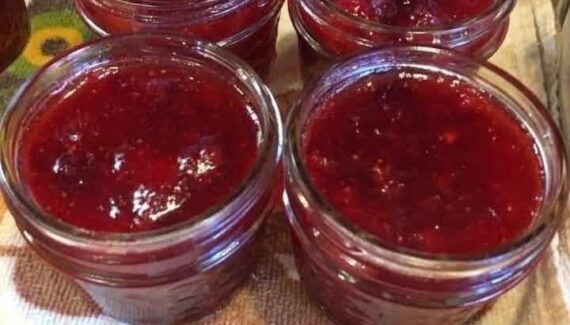
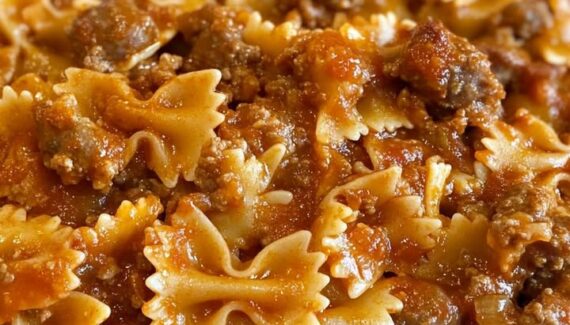
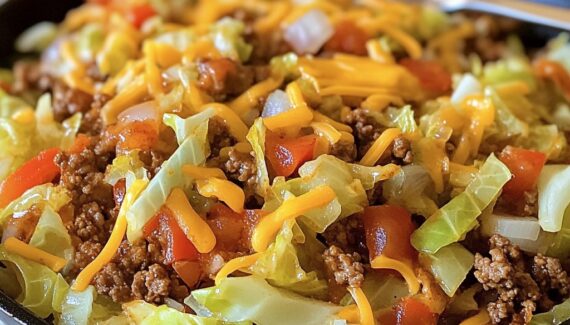
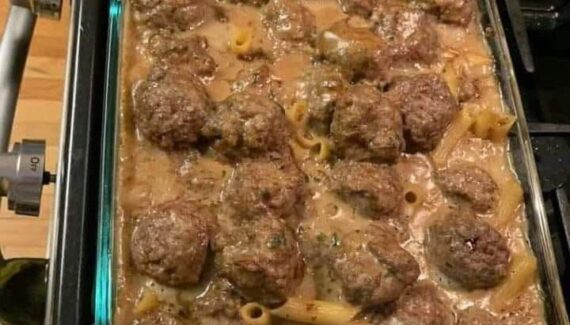
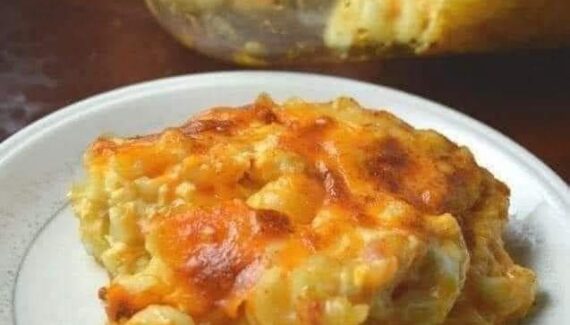
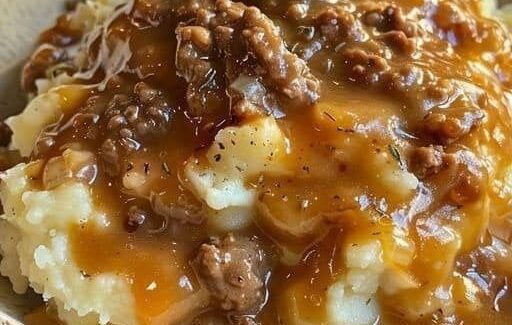


No Responses Yet